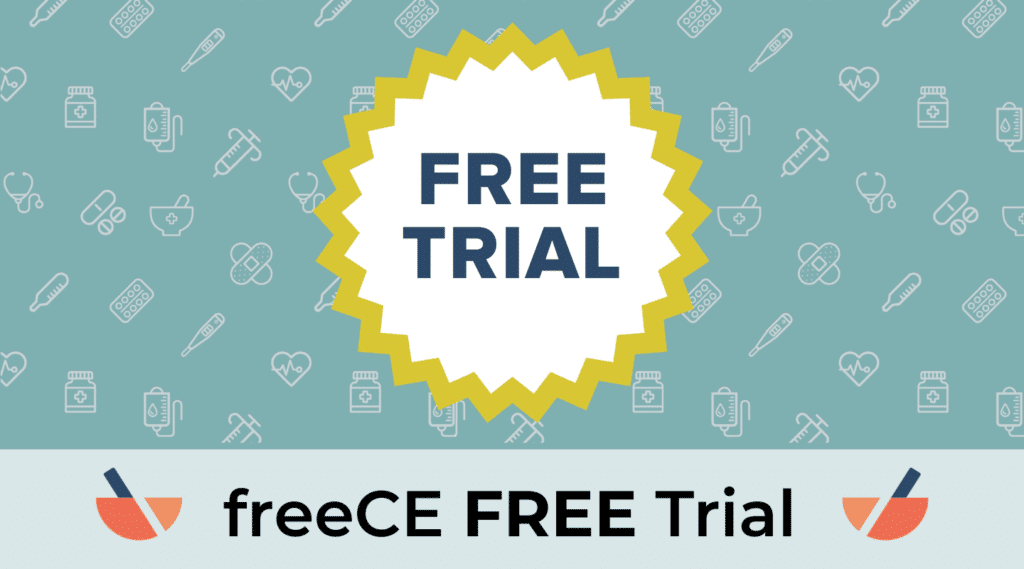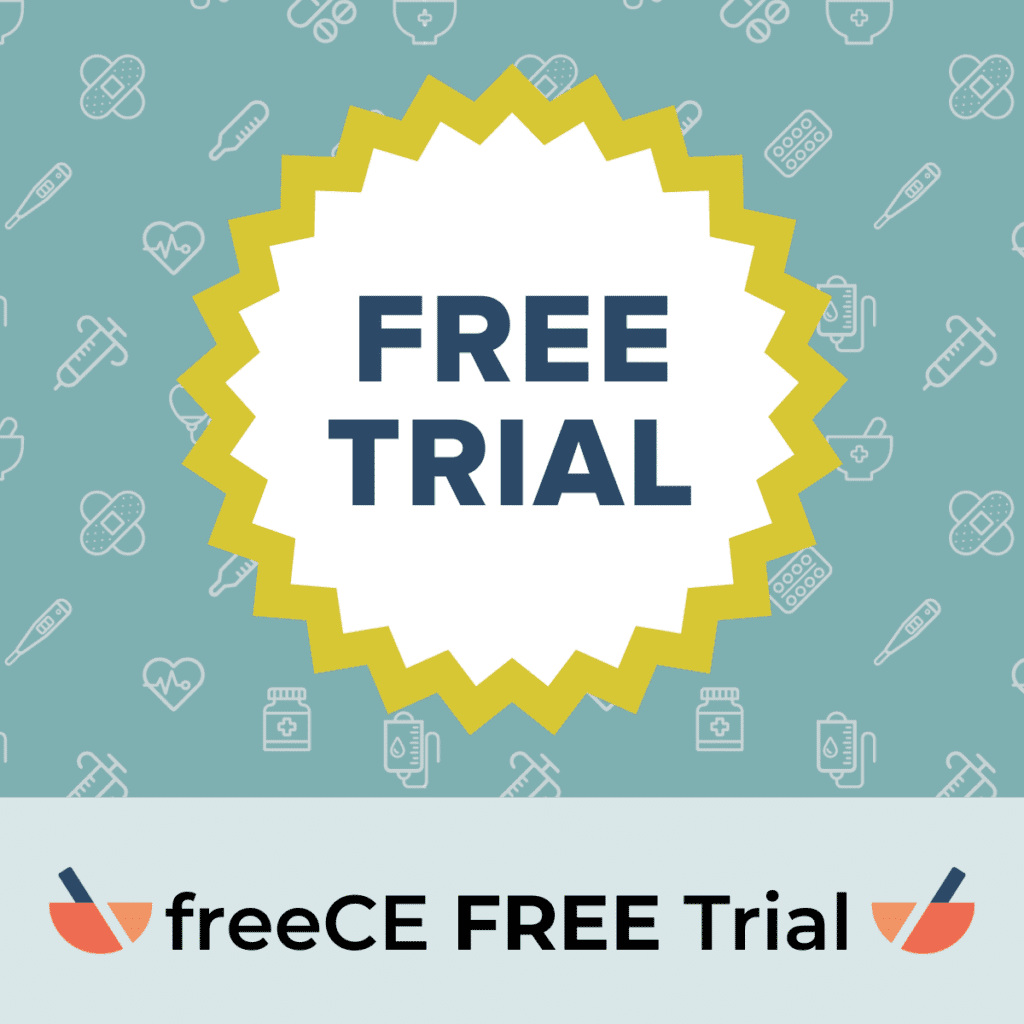Pharmacy billing and reimbursement are critical aspects of the healthcare system, ensuring that pharmacies can provide essential medications while maintaining financial viability. In this blog article, we’ll delve into the intricacies of pharmacy billing and reimbursement, exploring key concepts, challenges, and best practices that pharmacists need to navigate in today’s dynamic healthcare environment.
Table of Contents
Different Types of Insurance Plans
Pharmacists interact with a variety of insurance plans, each with its own set of rules and formularies. Understanding the specifics of these plans is crucial for accurate billing and reimbursement.
Medicare Part D:
Medicare Part D is a federally subsidized program providing prescription drug coverage to older individuals who are older than 65 years. It operates through private insurance plans, offering a range of coverage options with varying premiums, deductibles, and formularies.
Medicaid:
Medicaid, a joint federal and state program, offers prescription drug coverage to eligible low-income individuals and families. Formularies and coverage may vary by state, and beneficiaries often pay minimal or no out-of-pocket costs.
Medicare Advantage Plans:
Some Medicare Advantage Plans (Part C) include prescription drug coverage. These plans, offered by private insurance companies, combine hospital, medical, and drug coverage in a single plan, providing comprehensive healthcare benefits.
Employer-Sponsored Health Plans:
Many employers offer health insurance plans that include prescription drug coverage for their employees. These plans vary widely in terms of cost-sharing, formularies, and out-of-pocket expenses.
Individual Health Insurance Plans:
Individuals who do not qualify for Medicare or Medicaid may purchase individual health insurance plans that include prescription drug coverage. These plans, available through the Health Insurance Marketplace or private insurers, come with different coverage options and costs.
Certain Consideration for Insurances:
Understanding prescription drug coverage involves evaluating critical factors such as formularies, tiered pricing structures, and out-of-pocket costs. Formularies are a comprehensive list of covered medications.
It’s critical that patients ensure that the required drugs are included on the formulary to prevent unexpected expenses. Additionally, patients need to navigate tiered pricing structures, where medications are grouped into different cost tiers, impacting out-of-pocket expenses. Out-of-pocket costs, including premiums, deductibles, copayments, are forms of cost sharing between patients and insurances.
Provider networks play a crucial role, as some plans may have specific networks of pharmacies or healthcare providers such as health maintenance organizations. Patients are advised to confirm that their preferred providers are within the plan’s network to maximize coverage benefits.
Pharmacy Billing and Reimbursement:
In the realm of pharmacy billing and reimbursement, various stakeholders play integral roles. Pharmacies, positioned at the forefront, initiate the process by submitting claims detailing dispensed medications and associated costs to insurance providers, government programs, or patients directly.
Pharmacy Benefit Managers (PBMs) act as crucial intermediaries, managing prescription drug benefits, negotiating prices with manufacturers, processing claims, and establishing formularies that influence medication coverage. Meanwhile, health insurance companies, as key participants, receive claims from pharmacies, evaluate the coverage within a patient’s plan, and subsequently reimburse pharmacies for covered medications in accordance with the terms outlined in the insurance contract. This collaborative effort ensures a streamlined and efficient pharmacy billing and reimbursement ecosystem.
Pharmacy billing and reimbursement involve a multifaceted process with several key steps and the participation of various stakeholders. The journey commences with a healthcare provider issuing a prescription for a patient, who subsequently takes it to a pharmacy for fulfillment.
Claim
At the pharmacy, a claim is meticulously compiled and submitted to either the patient’s insurance provider or a relevant government program, such as Medicaid or Medicare. This claim encompasses crucial details about the prescribed medication, including dosage and associated costs.
Adjudication
Following the claim submission, the process enters the adjudication phase. During adjudication, the insurance provider or payer scrutinizes the claim to ascertain the patient’s coverage, delineate cost-sharing responsibilities, and determine if the medication aligns with the formulary.
Verification of Coverage
Verification of the patient’s coverage details, such as deductibles, copayments, coinsurance, and potential prior authorizations for specific medications, is a crucial step. Based on this information, the insurance provider then determines the extent of coverage, whether it involves copayments, coinsurance, or complete coverage, contingent upon the particulars of the plan.
Patient’s Out of Pocket Expense & Pharmacy Reimbursement
Subsequently, the patient is responsible for out-of-pocket costs. Patients typically fulfill their financial obligations at the pharmacy counter. Upon payment by the patient, the pharmacy is reimbursed by the insurance provider for the covered portion of the medication cost. This reimbursement encompasses both the amount paid by the patient and the portion covered by the insurance plan.
Outcome
The outcome of the claim adjudication is communicated to both the pharmacy and the patient. If any issues arise, such as prior authorization requirements or denied claims, the pharmacy collaborates with the healthcare provider and the insurance provider to address and resolve them.
It is essential to recognize that this process’s intricacies may vary depending on factors such as the type of insurance plan, contractual agreements between the pharmacy and payers, and specific regulations or guidelines stipulated by government programs. Additionally, technology plays a pivotal role in enabling electronic claims submission and adjudication for a more streamlined and accurate process.
Efficiency in Pharmacy Billing and Reimbursement:
Continuous staff training is crucial in the dynamic landscape of healthcare policies and regulations. Pharmacists and pharmacy staff must remain well-informed about the latest billing and reimbursement guidelines to navigate the evolving landscape effectively.
The integration of technology plays a pivotal role in streamlining the billing process. Implementing advanced pharmacy management systems and billing software not only enhances overall efficiency but also reduces the likelihood of errors, contributing to a more seamless workflow.
Building strong relationships with insurance payers is essential for a pharmacy’s success in billing and reimbursement. Maintaining open communication channels with payers ensures that any issues or concerns can be addressed promptly, fostering a collaborative environment that benefits both the pharmacy and the payers involved.
Conclusion:
Pharmacy billing and reimbursement are intricate components of the healthcare system. Pharmacists must navigate a landscape that is continually evolving, marked by changing regulations, reimbursement models, and patient needs. By staying informed, adopting best practices, and embracing technological advancements, pharmacists can ensure that their focus remains on delivering quality patient care while maintaining financial viability.
References:
- National Council for Prescription Drug Programs (NCPDP), Billing Guidance for Pharmacists’ Professional and Patient Care Services, Version 2.0 June 2018.
- Hanson, B. (2022, August 22). Understanding the healthcare claims adjudication process. Smart Data Solutions. https://sdata.us/2022/08/22/understanding-the-healthcare-claims-adjudication-process/
- Prescription drug coverage: An overview. California Health Advocates. (2023, November 13). https://cahealthadvocates.org/prescription-drugs/prescription-drug-coverage-an-overview/
- Published: Oct 27, 2022. (2023, June 5). Section 9: Prescription drug benefits – 10020. KFF. https://www.kff.org/report-section/ehbs-2022-section-9-prescription-drug-benefits/






